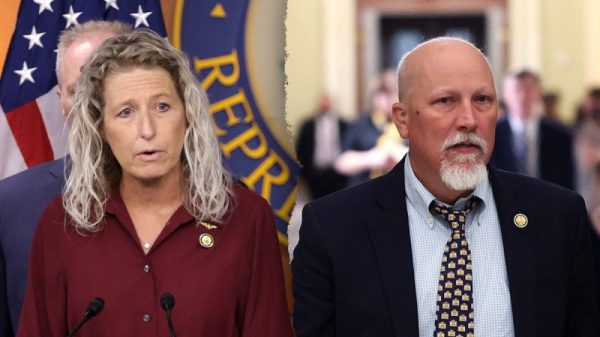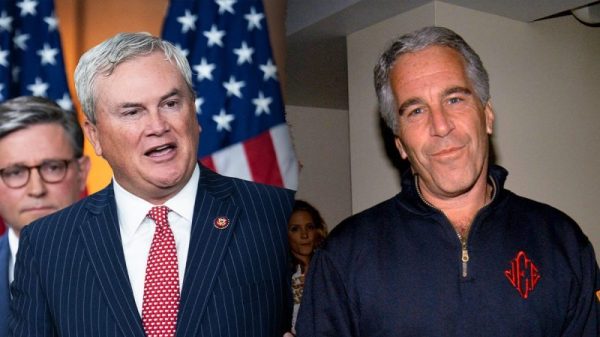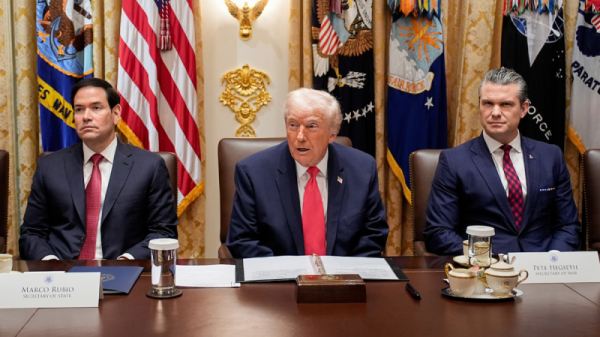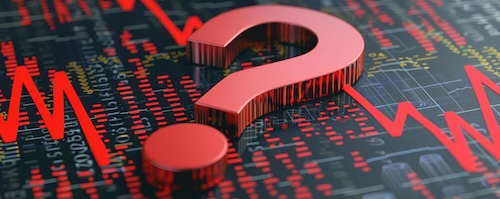Election-Related Market Swings: How to Stay Ahead
Understanding Market Behavior During Election Cycles
During an election cycle, financial markets often experience heightened volatility and uncertainty. This can be attributed to various factors, including changing government policies, economic reforms, and geopolitical tensions. As investors navigate through these turbulent times, it is crucial to stay informed and prepared to make well-informed decisions.
One of the key aspects to consider during an election-related market swing is the impact of political developments on different sectors and industries. For instance, certain industries may benefit from new government policies, while others may face challenges due to regulatory changes or increased competition. By staying informed about the latest political developments and their potential impact on specific sectors, investors can position themselves strategically to capitalize on emerging opportunities.
Another important consideration is the role of investor sentiment during election cycles. Market sentiment can fluctuate rapidly in response to political events, leading to sudden spikes or drops in asset prices. It is essential for investors to monitor market sentiment closely and remain cautious of overreactions that may result from short-term market volatility. By maintaining a long-term perspective and focusing on fundamental investment principles, investors can avoid making impulsive decisions based on market noise.
Strategies for Navigating Election-Related Market Swings
To navigate election-related market swings successfully, investors can implement a range of strategies to manage risk and capitalize on opportunities. One effective strategy is diversification, which involves spreading investments across different asset classes and sectors to reduce exposure to specific market risks. By diversifying their portfolios, investors can hedge against potential losses and maintain stability during periods of market turbulence.
Furthermore, investors can consider employing a contrarian investment approach during election cycles. Contrarian investors look for opportunities to buy assets that are undervalued or overlooked by the market, taking advantage of temporary price distortions caused by market sentiment. By identifying undervalued assets and maintaining a contrarian mindset, investors can potentially generate higher returns while minimizing downside risk.
Additionally, staying informed about economic indicators and market trends can provide valuable insights for investors during election cycles. By monitoring key economic indicators such as GDP growth, inflation rates, and unemployment figures, investors can gauge the overall health of the economy and anticipate potential market movements. Keeping abreast of market trends and developments also allows investors to adjust their investment strategies accordingly and capitalize on emerging opportunities.
Conclusion
In conclusion, election-related market swings can present both risks and opportunities for investors. By understanding the underlying factors driving market behavior during election cycles and implementing effective strategies to manage risk, investors can stay ahead of market fluctuations and achieve their financial goals. Through diversification, contrarian investing, and staying informed about economic indicators, investors can navigate through volatile market conditions with confidence and resilience. By remaining disciplined and focused on long-term investment objectives, investors can position themselves for success in the ever-changing landscape of financial markets.






















